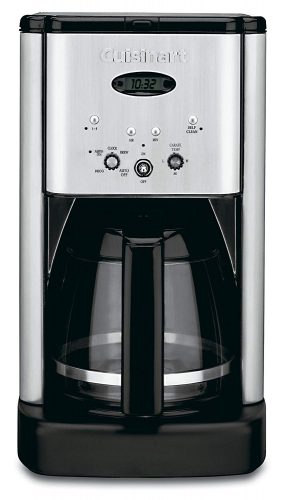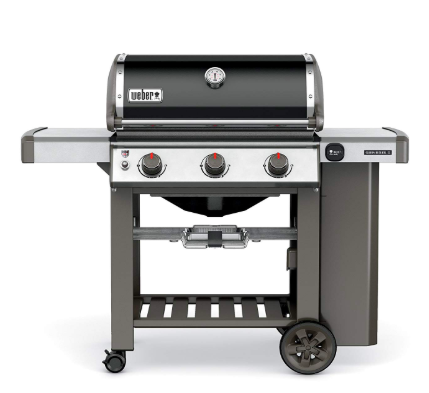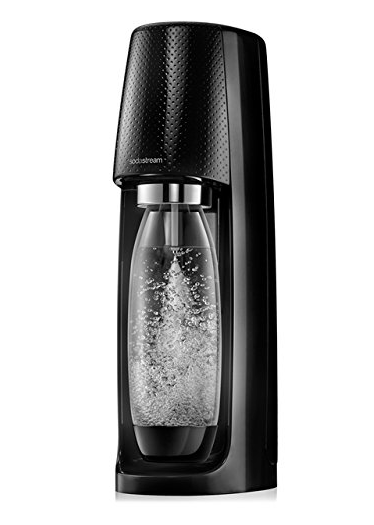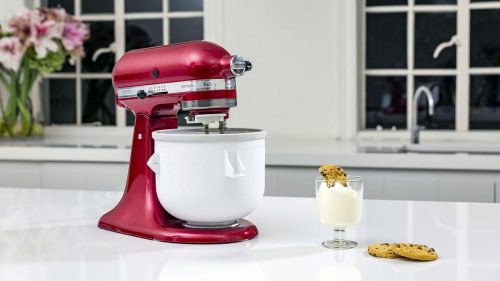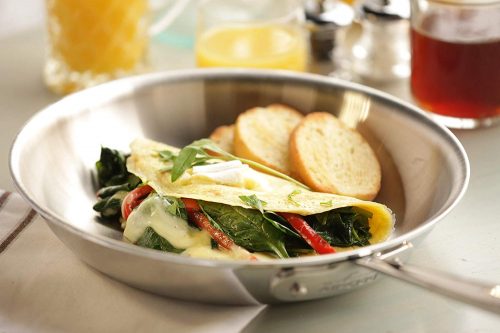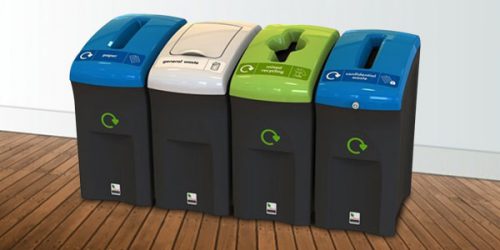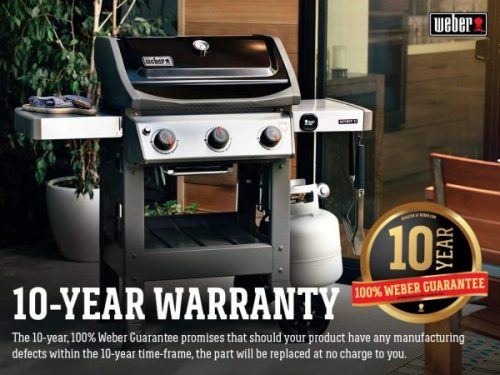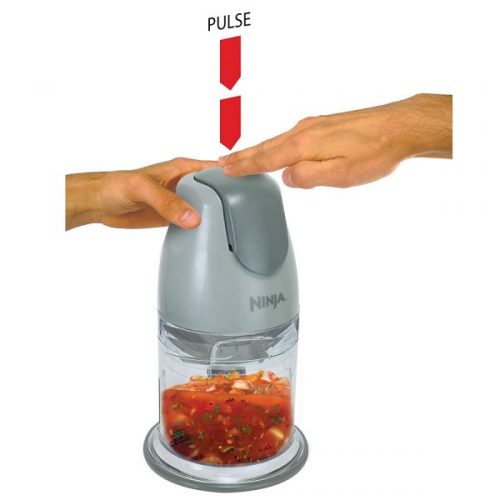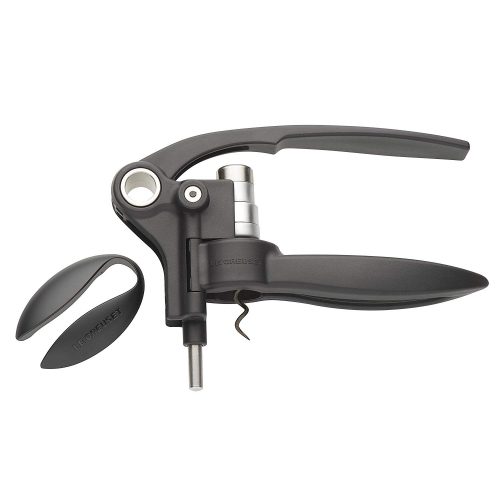The most straightforward, least expensive automatic-drip coffee makers have a regular glass carafe. We found great reviews for the Cuisinart DCC-1200 Brew Central (*est. $80) . The Cuisinart coffee maker is on the expensive side for an automatic-drip coffee machine, but it has just about every feature you could want. The nice-looking 12-cup Cuisinart has a brushed stainless-steel housing with a standard glass carafe. This programmable coffee maker has a clock and timer, so you can set the Cuisinart to brew coffee at a certain time. The Cuisinart DCC-1200 also has a small-batch setting, a feature which has grown increasingly unusual. A small-batch setting lets you make one to four cups of coffee that taste as good as a whole pot. Lastly, the Cuisinart has an adjustable-temperature hot plate — another unusual feature. Pause-and-serve allows you to sneak a cup before brewing is finished, and there’s an automatic shutoff.
The Cuisinart gets some of the higher overall ratings from owners, the majority of whom say it’s a great, reliable coffee maker. One common complaint is that the carafe lid is a little tricky to remove. A small percentage of people complain about the beeps that signal the end of a brewing cycle, and some others say they either received a dead unit or that their Cuisinart stopped working after a couple of years. But overall, this model receives very high reviews and approval from the vast majority of owners.
Bunn coffee makers are mostly commercial machines, but Bunn has now added a home machine to its line, the Bunn NHB Professional Home Brewer (*est. $100 with a glass carafe, $150 with a thermal carafe — called theBTX) . Bunn’s home coffee machines claim to brew a 10-cup pot in three minutes, which can be great if you’re rushing out the door. However, a couple of reviews at Amazon.com say this also means coffee with less flavor since the water is in contact with the grounds for such a short time. Experts say a four-to-six-minute brew is optimal, so Bunn’s coffee makers might be a bit more efficient than they need to be.
In general, however, owners like the Bunn coffee maker, and most people say the coffee tastes great. Its stainless-steel reservoir is unusual in that it keeps water continually hot before brewing. The Bunn coffee maker doesn’t have a programmable timer, but since it brews so quickly, you may not need one. Unlike the Cuisinart, the Bunn’s hot plate isn’t adjustable, and there is no small-batch setting. So for the money, we’ve included the Cuisinart in Fast Answers over the Bunn coffee maker.
If you’re looking for a more basic coffee maker, the Braun Aromaster KF400(*est. $30) is much simpler than the Cuisinart or Bunn coffee makers, but it still gets good scores for flavor. This Braun coffee maker doesn’t have a programmable timer, auto shut-off, small-batch setting or adjustable hot plate, but it does get high scores for coffee quality, and owners say it’s an excellent basic machine. It comes in black or white and has a pause-and-serve feature. The Braun KF400 is a 10-cup machine, and it comes with a glass carafe.
The Hamilton Beach BrewStation (*est. $40) is an innovative coffee maker that brews twelve cups, but holds the coffee in a reservoir and dispenses just one cup at a time. This is intended to prevent the bitter taste that results from a glass carafe sitting on a hotplate too long. However, some owners posting to Amazon.com say that instead, the coffee picks up a plastic taste from the holding tank. A few also complain that their BrewStation broke after only a few months of use.
Mr. Coffee (*est. $20 to $100, depending on model) is among the most well-known and widely available brands of automatic drip machines, but for several years it has not ranked among reviewers’ favorite coffee makers. The Mr. Coffee FTX23 (*est. $50) gets just over 2.5 stars (of five) from owners at Amazon.com. Many owners report coffee spilling all over the counter — a problem that appears to involve the spring on the basket.
Automatic-drip coffee makers with thermal carafe
Many coffee makers come with a thermal carafe in lieu of a hot plate. On the plus side, this means your coffee doesn’t continue to “cook” on the hot plate. On the downside, thermal carafes have some issues of their own. For instance, they work best when the carafe is preheated, adding another step to the process. Programmable models are also a little pointless — since the carafe won’t be heated, the coffee may be too cold.
In The Wall Street Journal’s test of five thermal-carafe coffee makers, the Capresso MT500 (*est. $170) is top-rated overall. Not only did it produce the best-tasting coffee, but it kept that coffee hot four hours later, measured at 162° Fahrenheit — a perfectly drinkable temperature. The good-looking Capresso coffee maker has some nice features, including a programmable timer and auto shutoff. It also has a small-batch setting for brewing half a pot of coffee. The Capresso also includes a charcoal filter that helps remove off-tastes from your tap water (you can choose not to use the filter if you prefer). Instead of paper coffee filters, the Capresso comes with a reusable filter, which WSJ’s coffee experts say results in a livelier flavor than paper filters.
The Capresso MT500 also gets high ratings from owners posting to Amazon.com and positive coverage from Vegetarian Times. Amazon.com users say it’s quiet and fast, keeps coffee warm all day, and the water filter helps improve flavor.
The Bunn BT10 (*est. $150) is also included in the Wall Street Journal test. The Bunn coffee maker has a reservoir that keeps water hot at all times — so brewing a pot of coffee is very quick. But WSJ taste testers say it also resulted in bitter coffee. The Zojirushi Fresh Brew (*est. $90) is a nice-looking coffee maker, and in WSJ testing, it also was best at keeping coffee hottest. After four hours, coffee still measured 170° F. Furthermore, coffee still tasted fresh after that time. Over 150 owners posting comments to Amazon.com give the Zojirushi coffee maker an average rating of four stars (out of five). Most say it keeps coffee hot and good-tasting. The main complaints are that the lid is very hard to remove and that the pour spout is too small — meaning you must pour slowly if you don’t want a coffee bath. Overall, the Zojirushi looks like a great budget choice next to the Capresso MT500 . Unlike the Capresso, the Zojirushi coffee maker doesn’t have a small-batch setting or a water filter, however.
One-cup coffee makers
Single-cup coffee makers eliminate the waste of making a whole pot for just one serving. Black & Decker developed the technology for the Home Café (*est. $60) and is licensing it to Mr. Coffee, Krups and Hamilton Beach. However, we did not include the Home Café one-cup coffee maker in ConsumerSearch Fast Answers. Several owners posting Home-Café reviews to Amazon.com say it’s noisy and that it both spits coffee and drips. Some reviews say that although the coffee tastes good, cleanup can be a chore. One drawback to one-cup coffee machines is that they use prepackaged coffee pods, which can sometimes be hard to find and can vary greatly in taste among manufacturers.
Overall, we found much better owner reviews for the Philips Senseo Single-Serve Coffee Machine . In a review at Good Housekeeping, the Senseo impresses testers with its “great tasting coffee.” This model can make either one or two cups. About.com’s expert particularly praises the thick layer of crema foam atop freshly brewed coffee. Some of the Senseo’s advocates say it tastes “European.” We’ve included the Senseo one-cup coffee maker in ConsumerSearch Fast Answers over the Black & Decker Home Café .
Owner reviews at Amazon.com rave about the Senseo’s convenience and versatility. A few people complain about the flavor and unavailability of Senseo’s prepackaged coffee pods, but others point out that the Senseo one-cup coffee maker accommodates any similar-size pod, many of which have better flavor and are easily found at local retailers and online at outlets such as CafePods.com. If you are considering the Senseo or Home Café, be sure to figure in the cost of the coffee pods, as you can’t use regular drip coffee with these models.
We saw some reviews for another one-cup coffee maker, the Keurig B100 (*est. $250) . This expensive model is voted to have the best variety and best-tasting coffee pods. At both Cook’s Illustrated and The Coffee Review, the Keurig produces a cup of coffee superior to other models such as the Melitta One:One. However, experts say that has more to do with the coffee itself than the machine. Keurig accommodates pods from various roasting companies, while the others don’t. Keurig has added a lower-cost one-cup coffee maker to its line, the Keurig B60 (*est. $150) . We did not see reviews for this newer model, which features a smaller, 48-ounce water reservoir.
On the more affordable end of the scale, the Black & Decker Brew N Go (*est. $20) brews about two cups (15-ounces) of coffee directly into an included thermal or stainless steel mug that you can take with you. While experts say you shouldn’t expect coffee-shop quality from $20 coffee makers, the Black & Decker is an economical way to make your coffee on the go. Be aware, however, that many consumers posting to sites like Amazon.com say that the Brew N Go seems to have a mind of its own and sometimes turns on by itself, even though it has an auto-shutoff feature. Unplugging it between uses is probably a good idea. The Black & Decker uses regular automatic-drip coffee instead of pods.
There’s no reason you can’t use a full-sized coffee maker to make a small batch of coffee. Some machines even have special small-batch settings to make sure the brew comes out right. If you regularly make four cups of coffee or less, you might consider a small-batch model. These are optimized to make less coffee, are less expensive, and take up less space on the counter. If you just need an eye-opener as you dash out the door each morning, a one-cup coffee maker might be your best bet.
Grinder/brewer combo coffee makers
Experts say that the best coffee taste comes from freshly ground beans, but that generally involves working with two separate appliances: The grinder and the coffee maker. Savvy manufacturers have come up with a solution, a combination machine that grinds coffee beans directly into the filter basket of the coffee maker.
One combo model that might be worth its price is the Capresso CoffeeTeam-S (*est. $200) . The Capresso uses a conical burr grinder, which coffee experts say is a better choice than the chopping blades employed by less expensive combo models, like the Cuisinart Grind and Brew . Choppers produce a much less consistent texture than wheeled burr grinders (see our report on coffee grinders ). The Cuisinart Grind and Brew also requires some heavy cleaning, as reported by Cook’s Illustrated and several Epinions and Amazon.com contributors.
Considering that you can buy a separate grinder and a decent coffee maker for a combined cost of under $100, you might wonder what benefit there could be in paying $200 for a combo model. Owners posting to Amazon.com say it’s all about convenience, and they rave about the longevity of the machine and the flavor of the Capresso’s coffee. One owner claims the machine is still going strong after ten years of use.
Vacuum brewers and French-press coffee makers
Vacuum brewers and French presses are other options, although reviews say these coffee makers make a strong brew that isn’t to the taste of all coffee drinkers. These can also be more labor-intensive than automatic machines. Still, taste testers at Cook’s Illustrated decided that they preferred the “robust” flavor of vacuum brewers, and they liked being able to watch the brewing process in action. At Cook’s Illustrated, the now-discontinued Black & Decker Infuze Vacuum-Brew Coffee Maker had a slight edge over the Bodum Electric Santos (*est. $80) , in part because editors say it is less expensive and easier to clean. The Bodum is still a good choice, as editors praise the “strong and robust” coffee. Vacuum-style glass carafes are now made to be more durable than they used to be — they once had a reputation for fragility.
French-press coffee makers aren’t powered at all. You pour dry, ground coffee in to a glass pot and pour hot water over the grounds. Next, you insert the press, wait for the coffee to steep and push down the press, which strains the coffee. Although this method entails a few extra steps, a French press takes up little counter space and makes a strong brew. Bodum makes several French press coffee makers.
Important Features: Coffee Makers
Reviews say you should look for the following features when choosing a coffee maker:
- A clock timer is essential if you want to set up your coffee maker at night so hot coffee will be waiting for you in the morning. A timer should also shut off the hotplate after a few hours, in case you forget. This timer strategy doesn’t work as well for thermal-carafe coffee makers, which do best when first rinsed with hot water. Otherwise, coffee may be too cold.
- A pause-and-serve feature is a must-have for impatient coffee drinkers. This lets you sneak a cup in mid-brew without coffee pouring all over the counter.
- Adjustable hot plates, brew-strength control and thermal carafes can be nice extra features, but they aren’t essential. The basic Braun KF400 has none of those features, yet still gets good scores for taste.
Some other features may also not be necessary. A permanent, washable basket filter sounds like an advantage, since it saves you from having to buy the paper kind and cuts down on waste, but permanent filters need to be cleaned after each use to avoid build-up of residues that can add a bitter taste to the coffee. When properly cleaned, however, experts say the coffee tastes better if you use a reusable basket filter.
Some higher-end machines also include water filters. You shouldn’t need a water filter in your coffee maker unless your water has a lot of minerals and tastes bad — and if that’s the case, you’ve got a bigger problem than lousy coffee. Adding a whole-house or kitchen-sink filter makes more sense. Coffee-maker water filters need to be changed every few months and cost about $3.50 to $7.00 each. Of course, you can always choose not to use the filter.
Machines that brew at temperatures between 195 and 205 degrees Fahrenheit make the best coffee, according to experts. However, that’s a specification you don’t often see on boxes or labels. If you see it, aim for brew temperatures between those numbers. Brewing also must not take too long, or the flavor is damaged. Experts say that the ideal brew takes four to six minutes.
Serious coffee lovers say they can get around the problem of heat damage to coffee by turning the hotplate off the moment the coffee is finished brewing, and then reheating coffee as needed by the cup in a microwave. In order to protect their coffee from the hotplate, some owners buy brand new coffeemakers, and then disable the hotplate altogether or use a heat barrier over the hotplate.
